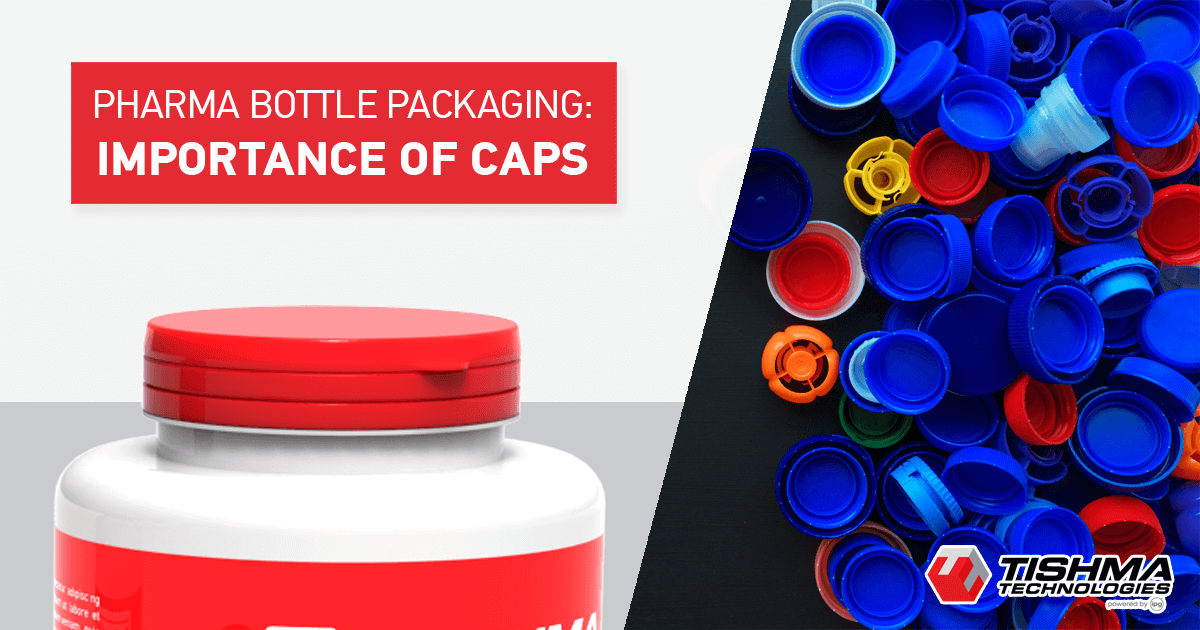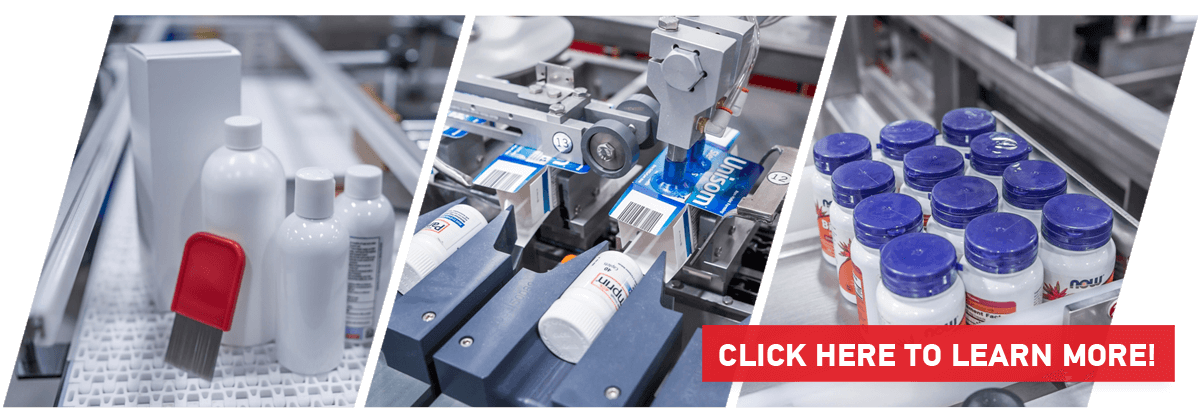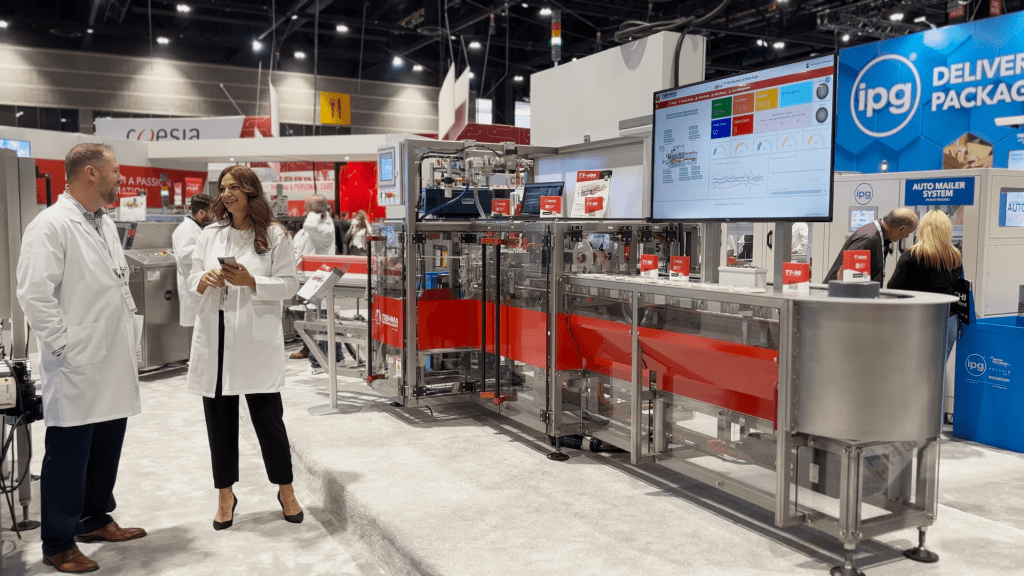Pharma Bottle Packaging
We can define plastic bottles as plastic containers with a body bigger in diameter than the opening. This definition may sound limiting, however, there are many different types of plastic bottles used in the pharma industry, including cylinder bottles, foam pump bottles, spray bottles, industrial round bottles, modern bottles with a raised edge around the base and shoulder, Boston round bottles with squeezable sides and rounded base and shoulder, diamond bottles with squeezable sides, twin neck bottles, pharma packer bottles (usually used for vitamins or other pharmaceutical purposes), cosmo bottles with squeezable sides and with or without dispensing lids (usually used for cosmetics)…
Packaging is an ever-evolving area, an engineering discipline with a major contribution to the pharmaceutical industry. This packaging market alone has seen at least a five percent annual growth and is thought to be worth more than $20 billion a year.
Plastic pharmaceutical packaging is responsible for your drugs, medical treatments, and nutraceuticals, enabling you to deliver your tablets, supplements, liquids, powders, drops, and suspensions. When it is transparent to your customers, it is successful, but when issues occur, it receives negative attention.
In order to avoid this kind of negative attention, you want your pharmaceutical plastic bottles and other items to provide: product protection, tamper resistance, security, high quality, patient protection, freedom of design, anti-counterfeit measures, low costs, durability, and endurance.
In this blog post, we will discuss the most important aspects of pharmaceutical bottle packaging and some new trends.

MATERIALS
Plastics are being used for various types of bottles, due to their extreme resistance to breaking. Most pharma bottles are made out of the following major polymers:
- high-density polyethylene
- low-density polyethylene
- polypropylene
- polyvinylchloride
- polystyrene
- polyethylene terephthalate
Using one or more of these when mixed with an additive or barrier plastic can enhance the properties of the final container.
The bottles must not contain any additives (colors, stabilizers, antioxidants, and lubricants) which contents could potentially be extracted in significant amounts. The amount of the additive is dependent on the polymer, the process that is used to convert the specific plastic into the bottle, and what the container is expected to do.
High-density polyethylene
High-density polyethylene, or HDPE, is a cloudy, slightly translucent-colored polymer made from petroleum. It possesses good chemical resistance and does not absorb moisture. It also provides a good water vapor barrier. HDPE is one of the most popular plastics for molding your plastic bottles, containers, and caps. It maintains the purity of your products stored and packaged in it and will not leach harmful chemicals.
Low-density polyethylene
Low-density polyethylene, or LDPE, is translucent in color with a tough, wavy texture. It is also a very flexible plastic with good barrier properties. It is similar in composition to HDPE but less rigid and chemically resistant. It is also more translucent and significantly more expensive than HDPE.
Polypropylene
Polypropylene, or PP, is best known for its versatility and flexibility. It can be molded into various applications, providing good chemical resistance and toughness. While it is usually translucent in appearance, it can be made into a variety of colors.
Plastic bottles made from PP are rigid with excellent moisture barriers. They are stable at high temperatures — up to 220 degrees Fahrenheit — and are also autoclavable and can handle steam sterilization.
Polyvinyl chloride
Polyvinyl chloride, or PVC, is usually clear when used in plastic bottles. It has excellent resistance to water, alcohols, alkalines, and concentrated acids and offers excellent flexibility and versatility along with predictable and long-term stability. PVC is also ideal for your vials, tablet strips, and blister packs for solid tablets.
Polystyrene
Polystyrene, or PS, gives you excellent clarity and stiffness at an economical cost. You can use it for your vitamin and petroleum jelly product packaging due to its rigidity, clarity, and chemical-resistant properties.
Polyethylene terephthalate
Polyethylene terephthalate, also known as PET or PETE, is ideal for your pharmaceutical products due to its strength, clarity, impact resistance, and barrier resistance to things like oxygen, moisture, and many chemicals, alcohols, and oils. It is usually produced in clear but can be done in colors like amber and green. It is shatterproof, extremely lightweight, and easy and efficient to transport.
PET is completely recyclable, and is the most recycled plastic in the U.S. and worldwide. In fact, more than 1.5 billion pounds of used PET plastic bottles and containers are recycled in the U.S. each year. PET is also approved as safe by the FDA and health and safety agencies worldwide.

CAPS
There are many popular types of plastic closures to choose from depending on the application. Continuous Thread closures consist of a finish that has one non-interrupted thread that spirals downward toward the shoulder of the container. Dispensing closures are also popular. These closures allow the user to dispense an exact amount of the contents through the closure.
Some medications and supplement products require a closure that offers a child-resistant (CR) component to the packaging. CR closures often include text or pictorial opening instructions on the top of the closure. After all, what’s more, important than keeping medications out of the hands of children? Child-resistant (CR) packaging not only increases safety, it instills consumer trust in your products and your brand.
Plastic closures can be child-resistant, and at the same time, be senior-friendly, helping individuals who may have problems opening traditional capping systems.
The good cap is safe for children and easy-to-open for those who have difficulty using their hands, offering multiple hands-free opening and closing options for adults with limited hand or finger mobility.
BOTTLE PACKAGING TECHNOLOGY
There will be expectations to manufacture and distribute products quicker, right down to the packaging and shipping. Packaging companies will be faced with new pressures to develop solutions that will get things moving quickly and rise to the demand. Since the entire packaging line must meet high levels of efficiency, these solutions also include secondary packaging solutions: bottle cartoners, bottle case packers, bundlers, and palletizers.
Various types of smart technology could transform areas of the pharma packaging industry by helping to manage stock and demand levels. Flexible packaging machinery that can handle different package formats, and perform a quick, on-demand changeover is becoming a new standard. Tishma Technology provides this type of smart packaging machinery as well. We design and build packaging solutions that can be connected directly to your production or e-commerce ordering software. So as a particular product is complete and ready to be packed, our packaging machines receive that specific package information, pick up and erect that particular carton or case, and load it.
If you are looking for ways to increase your bottle packaging efficiency, please take a look at some of our bottle packaging projects and don’t hesitate to ask for a quote.




